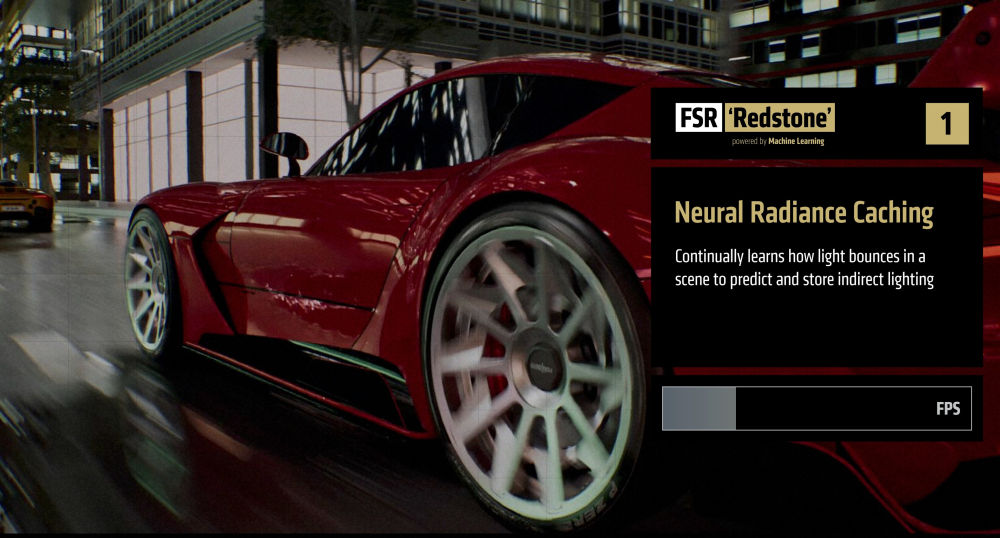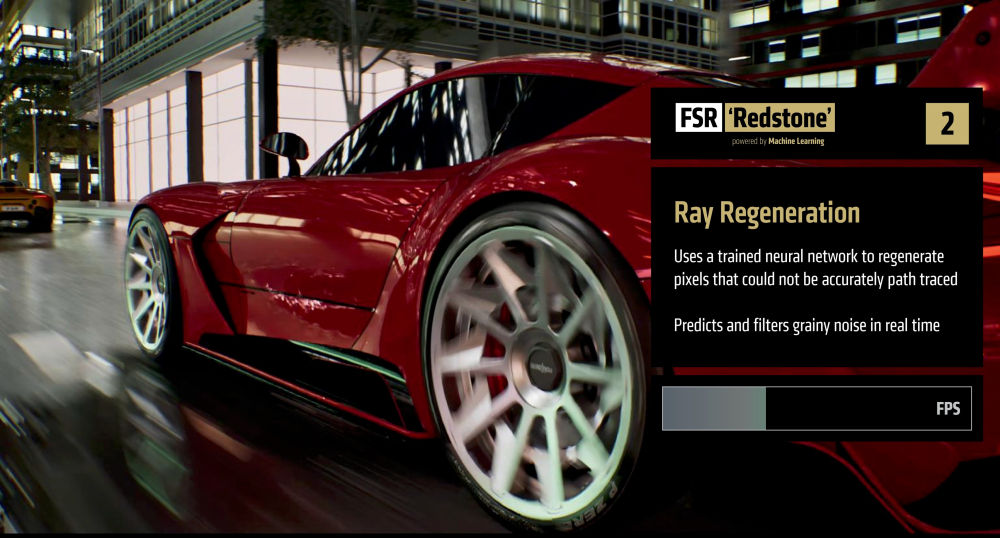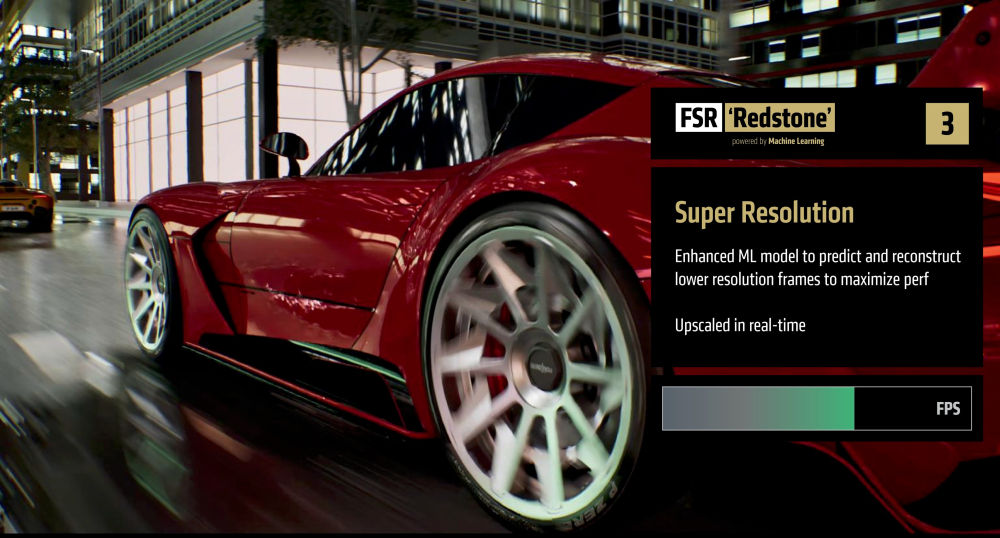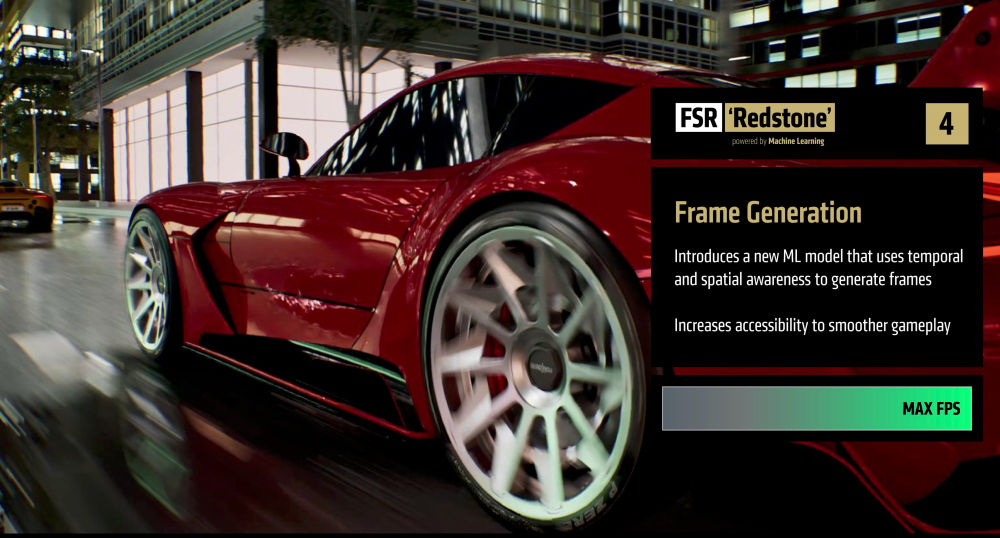AMD has briefly detailed some of these new features, where Neural Radiance Caching actually uses ML to learn how light bounces in a scene in order to predict and store indirect lighting, which should make ray tracing less performance-intensive. The Ray Regeneration is similar to Nvidia's Ray Reconstruction, where it uses ML to (re)generate pixels that can't be accurately path traced, which should predict and filter grainy noise in real time. The Frame Generation is an upgrade from FSR 3, where AMD now uses an ML-based model that features temporal and spatial awareness to generate frames. AMD will also include Super Resolution to upscale the scene before doing Frame Generation, which should provide much more performance at the same level of visual fidelity.




AMD is playing catch-up with Nvidia, and it is obvious that DLSS is one step ahead of FSR. Although AMD has confirmed that 60 games should support FSR 4 by June 5th, Nvidia is doing 125+ games and apps for its DLSS 4. Of course, FSR Redstone will be limited to RDNA 4 GPUs, so older GPUs are highly unlikely to support it, as AMD has yet to give any details about FSR 4 on older GPUs as well.
As noted, AMD is promising that FSR Redstone is coming in the second half of 2025.


